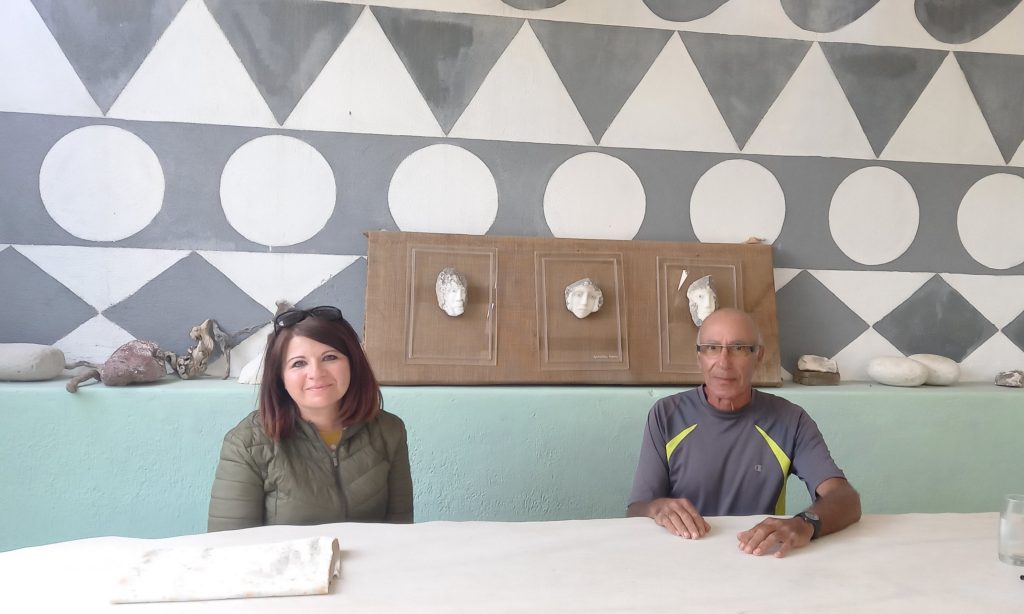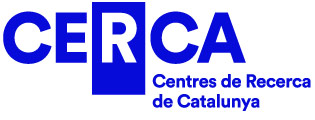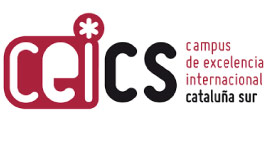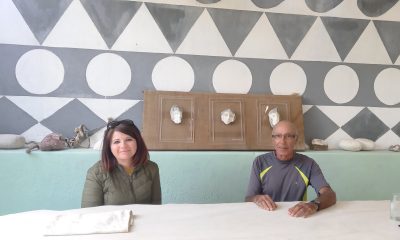
MSCA researcher Simona Perna (ArPA) traveled to different museums throughout Europe to complete her database on white marble vases.
Greece, the Netherlands, England, Italy… White marble vases from Ancient Greece are scattered in museums throughout Europe. We know little about them: the existing publications are old, measurements of the vases or other details are not included, there are few or poor-quality pictures…
MSCA researcher Simona Perna (TechnNet Project) aims to set an exhaustive classification of these pieces and identify their work marks, to understand how the vases were made and what tools were used.
In particular, Perna (ArPA) wants to determine whether the lathe was used in the craft-making of white marble vases in Ancient Greece. For the time being, she has found evidence (important marks) that would prove that this type of machine was used in the vase craft making.
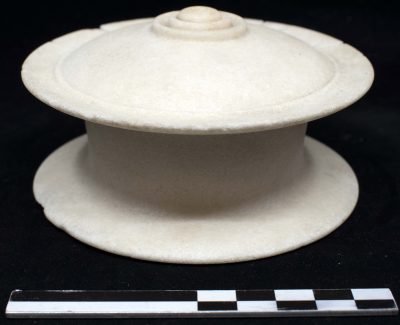
Fieldwork in times of COVID
Due to sanitary restrictions, MSCA researcher Simona Perna had to concentrate all her fieldwork in just over three months.
Last fall 2021, Simona Perna (ArPA) traveled throughout Greece (museums in Athens, Thessaloniki, Brauron, Rhodes, Eretas, and Paros, among others). She then went to Amsterdam to study a small collection of four vases, and continued her journey, this time to the British Museum in London, where there is a large collection of these vases which, in all probability, are of Greek origin, but come from very old archaeological excavations (from the 19th century) and are little known.
The last stage of this fieldwork journey took her to Italy (Rome, Bologna, Naples, and Pompeii, among others), where she also studied Roman vases, in order to be able to determine the connection between the Greek and Roman craft-productions of this type of vases.
In total, Simona Perna (ArPA) has analyzed, in a few weeks, a total of 93 white marble vases, plus a dozen alabaster marble vases. This set will shape the database of her MSCA project at the ICAC and, in the end, will function as an open online database.
Besides agenda constraints to museum visits, there was an important time limitation to piece observation in each museum, since the museums, during the pandemic, have been accumulating requests from researchers all over the world who have seen their projects postponed. We want to thank you here for the kindness and good predisposition with which museums have attended us, and to value the work that museums do in the field of research.
This journey has totally changed the idea I had of marble vases. Being able to see them up close, the sensations that the materials have transmitted to me: the sound, the touch, the quality, the delicacy, and, above all, its greatness. I have been especially impressed by the white alabaster marble.
Due to COVID-19 restrictions, one thing that Perna has not been able to do in all cases is photogrammetry of the vases: taking many photos of the same object from different perspectives in order to generate a 3D model. This technique cannot be carried out in a short time, since at least 500 photos of the object are needed.
COVID-19 pandemic situation has meant carrying out fieldwork in somewhat extreme working conditions, with access restrictions to the collections and with a significant limitation of time to study the pieces. Even so, Perna has obtained enough material to move on in her project and carry out the necessary analyzes to refute her hypothesis.

From theory to practice
The main analyses technique was observation: with a small magnifying glass and different lights, Perna was able to identify work marks, determine the quality of the marble stone and take measurements of the pieces (diameter, height, depth, weight…).
In order to take measurements, she used different tools, such as an electronic caliper and a scale to measure the weight of the objects. Knowing the weight of the vases is very important to get an idea of the work involved for the craftsmen in handling and sculpturing the pieces. It also allows inferring how much stone was needed to make a vase.
It has not, however, been possible to take samples of the vases (to see what type of stone they were, based on archaeometric analysis), because vases are too delicate and there is a significant risk of damage. Perhaps in the future, with the development of less invasive methods of sampling and analysis, more in-depth studies will be possible.
Observation and topical analysis of Ancient vases (details and surface markings) can provide relevant evidence of the manufacturing process.
Some of the vases that I was able to stdudy closely were so, so small, that I was very impressed to think of the art and technique with which the cratsmen must have worked the marble, without breaking it and reaching such a high level of detail.
To take the photos of the vases, Simona followed the 360º product photography methodology, according to which an object is placed on a rotating platform that rolls on its base electronically, the digital camera (on a tripod) and a lightning set are placed and, as the base rotates, the camera takes pictures sequentially. Through an app, images are automatically sent to the computer for their treatment. The result is a 360º view of the object.
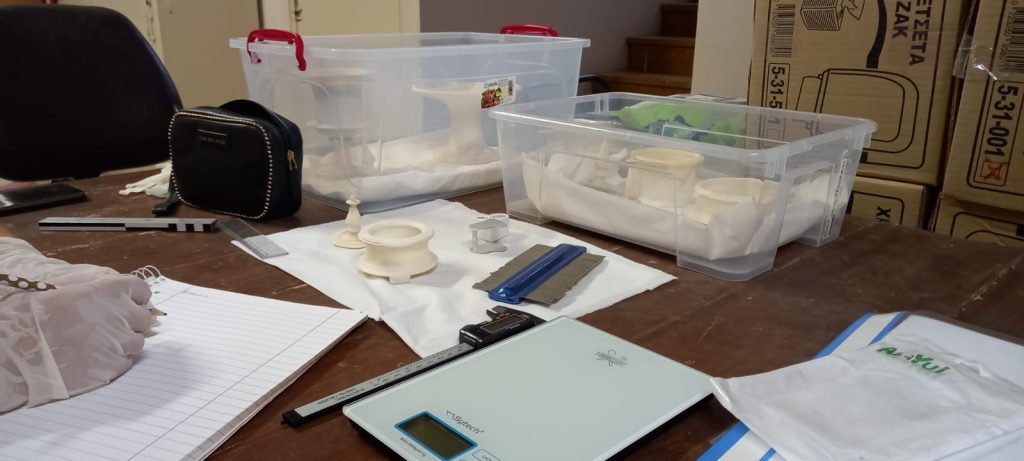
Craft-making of vases in Ancient Greece
Marble was as valuable as the craftsmen who worked it. Simona Perna (ArPA) attempts not only to know in detail Ancient vases but also the craft-making process by which they were made. One of the most intense stops of her journey in 2021 was the visit to the studio of Aristides S. Varias, a prestigious sculptor who lives and works on the island of Paros (Greece), well known among other things for being the author of the sculpture of Archilochus of Paros, the famous Greek lyric poet of the 7th century BC.
Paros is also the island where one of the most famous marbles of the ancient world was produced: Paros marble, which was the choiced marble for sculptures and valuable objects (such as vases) from the 7th century BC until the Roman period. It is a very rare variety of marble quarried on Mount Parpessa and is characterised by its fine-grained, compact, semi-translucent, and pure white color.
This is the material from which most of vases that Simona Perna (ArPA) is now studying were made. That is why it was so important for her to be able to talk to a craftsman who knows the characteristics of this material at first hand and who also uses it to make sculptures by hand.
A long-term goal of Simona Perna‘s MSCA project is to reproduce a replica of these vases following the craft-making process of ancient craftsmen and using the same materials.
So, this ArPA‘s researcher next trip will be to the Greek island of Tenos, where there is a school of sculptors who work with Paros marble and who can help her develop a replica of an ancient vase.
Paros marble was also highly prized because it could be painted over. Most of the vases studied by Perna are exquisitely decorated, painted in colours that are very rare today (purple, gold…). The Athens Museum has even gone so far as to analyse the use of colours on these vases, very rare and difficult to obtain and, for this reason, probably evidence that only the wealthy could afford them.
This is further evidence of the use of marble as an element of distinction and stands the distinctive luxury role of this material in the classical period. Perna is also developing a theory that these vases were used by women to express issues of gender and social status and to convey rituals connected with the female world.
